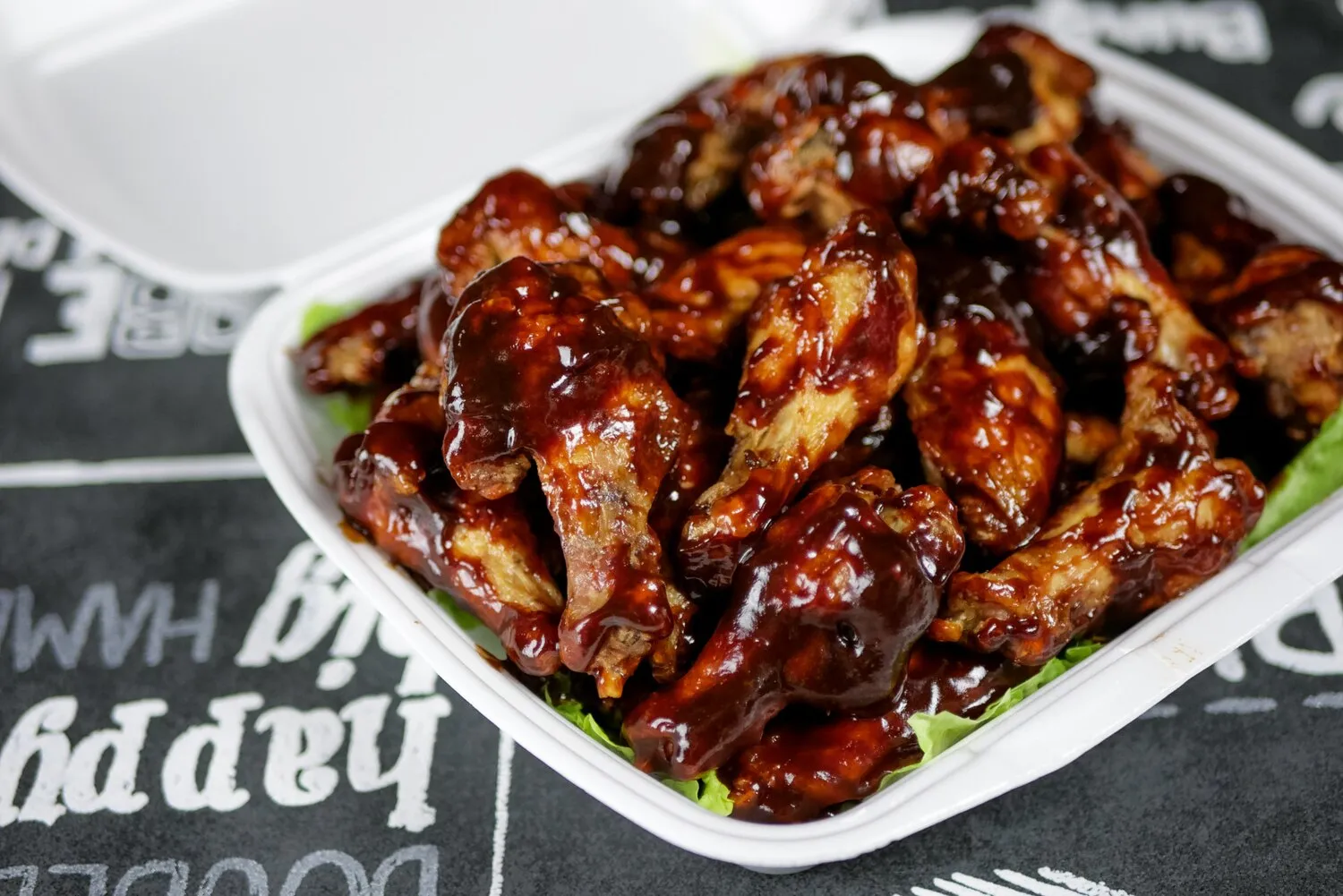
Råbiff
Swedish version of steak tartare
Nutrition Facts
* The % Daily Value (DV) tells you how much a nutrient in a serving of food contributes to a daily diet. 2,000 calories a day is used for general nutrition advice.
Råbiff, the Swedish version of steak tartare, shares its origins with similar dishes across Europe, reflecting a historical tradition of consuming raw meat. The practice likely evolved from resourcefulness and a desire to utilize all parts of the animal, as well as a belief in the nutritional benefits of uncooked meat. Its modern form has been influenced by French culinary techniques, becoming a staple in upscale Swedish restaurants.
Råbiff is considered a refined and somewhat celebratory dish in Swedish culture, often associated with special occasions and finer dining experiences.
Restaurant Culture
Råbiff is predominantly found on restaurant menus, particularly those emphasizing modern Swedish cuisine or classic European dishes. It is often seen as an appetizer or starter.
Quality and Trust
The dish's reliance on raw beef necessitates the use of very high-quality, fresh ingredients. Therefore, eating Råbiff implies a certain level of trust in the restaurant or butcher sourcing the meat.
Modern Interpretations
While traditional preparations exist, chefs often experiment with modern variations, incorporating local ingredients and innovative flavor combinations. This contributes to the dish's ongoing relevance in Swedish gastronomy.
Råbiff offers a rich and savory flavor profile, highlighted by the freshness of raw beef and complemented by sharp, tangy, and umami notes from the various accompaniments.
The core flavor is the clean, slightly metallic taste of high-quality raw beef, often sirloin or tenderloin. This is balanced by the acidity of pickled beetroot or capers, the sharpness of raw onion or horseradish, and the richness of egg yolk. Mustard adds another layer of spice and tang, while the optional addition of anchovies contributes a salty umami depth. The overall experience is a complex interplay of textures and tastes that highlight the quality of the ingredients.
Meat Selection
Choose a cut of beef that is both tender and lean, such as sirloin or tenderloin. Ensure the meat is very fresh and from a reputable source. Ideally, the meat should be used the same day it is purchased.
Preparation
Trim any sinew or fat from the beef before mincing or finely dicing it. Use a very sharp knife to avoid bruising the meat. Keep the meat chilled throughout the preparation process to maintain its freshness and prevent bacterial growth.
Accompaniments
Prepare all the accompaniments in advance and have them ready for serving. Consider offering a variety of options to allow diners to customize their Råbiff to their liking. Common accompaniments include raw egg yolk, finely chopped red onion, capers, pickled beetroot, mustard, horseradish, and sometimes anchovies.
Food Safety
Due to the raw nature of the dish, prioritize food safety. Ensure all utensils and surfaces are clean and sanitized. If you are concerned about the risk of bacteria, consider searing the outside of the meat very briefly before mincing, although this alters the traditional texture and flavour slightly.
Explore additional Appetizers dishes and restaurants
Explore AppetizersDiscover top dining spots and culinary experiences in Uppsala.
Explore UppsalaLearn more about the food culture, restaurant scene, and culinary heritage of Sweden.
Explore Sweden